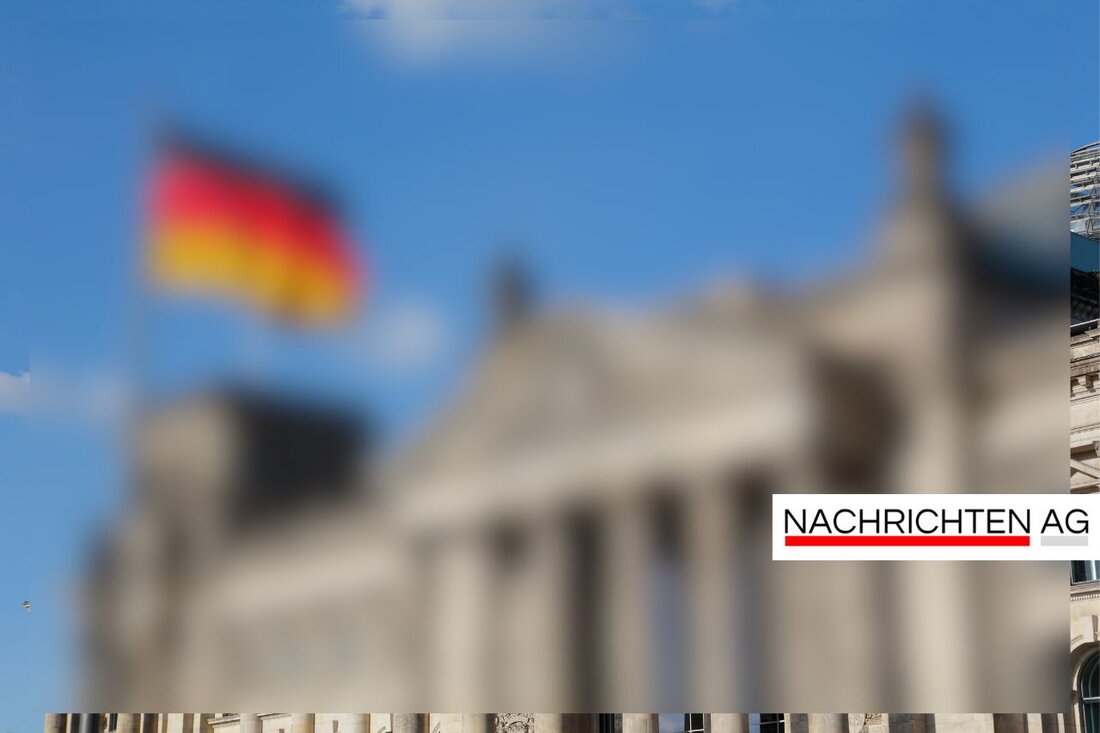Concrete against the heat: This is how Vienna fights against urban heat waves!
On July 14, 2025, Kagran will address the effects of urban heat and the sponge city principle for climate adaptation.

Concrete against the heat: This is how Vienna fights against urban heat waves!
As temperatures rise, the concept of the “sponge city principle” becomes increasingly important. More and more cities, including in Austria, are grappling with the challenge of coping with extreme heat and heat waves. Vienna in particular, where the number of hot days has already increased, is one of the urban areas that have to intensively deal with the consequences of climate change. The use of concrete can play a crucial role as it helps to mitigate urban heat islands and thus promotes pleasant outdoor use, meinbezirk.at reports.
Over the years, high traffic volumes and heat-absorbing building materials have resulted in many urban areas experiencing temperatures that severely disrupt residents' quality of life. These urban heat islands not only lead to health problems, but also reduce the joy of being outdoors.
Response to climate challenges
With the German Adaptation Strategy to Climate Change (DAS), the federal government has created a comprehensive approach to meet the challenges of climate change. This strategy is not only politically relevant, but also an important roadmap for cross-sector adaptation, as can be read on Umweltbundesamt.de. The latest progress reports complement the existing measures and show how diverse the climate impacts we are dealing with are. A monitoring report documenting progress will be published every four years, most recently in 2023.
A central component of these strategies is the integration of climate adaptation measures into urban planning. The goal is to create a resilient infrastructure that is prepared for impacts such as flooding and extreme heat.
Measurable goals for the future
The German Climate Adaptation Strategy 2024, which was approved by the Federal Cabinet on December 11, 2024, formulates for the first time clear, measurable goals for adaptation to climate impacts. A total of 33 goals and 45 sub-goals were defined, which are to be achieved by 2030 and some by 2050. The focus includes, among other things, improving the resilience of soils and maintaining available water resources of good quality, which is considered particularly important for urban and rural development, reports the Federal Environment Ministry.
An example of a goal is strengthening the resilience of the landscape water balance, which requires unsealed areas and healthy, loose soils. Cities like Vienna have the opportunity to become active in these areas and adapt to climate changes.
The urgent topic of the sponge city principle confronts us with the challenges that climate change brings with it. Creative approaches and strategies are required to ensure a long-term livable environment for future generations. With the right measures, not only can urban heat be counteracted, but the connection between nature and urban life can also be promoted.

 Suche
Suche
 Mein Konto
Mein Konto